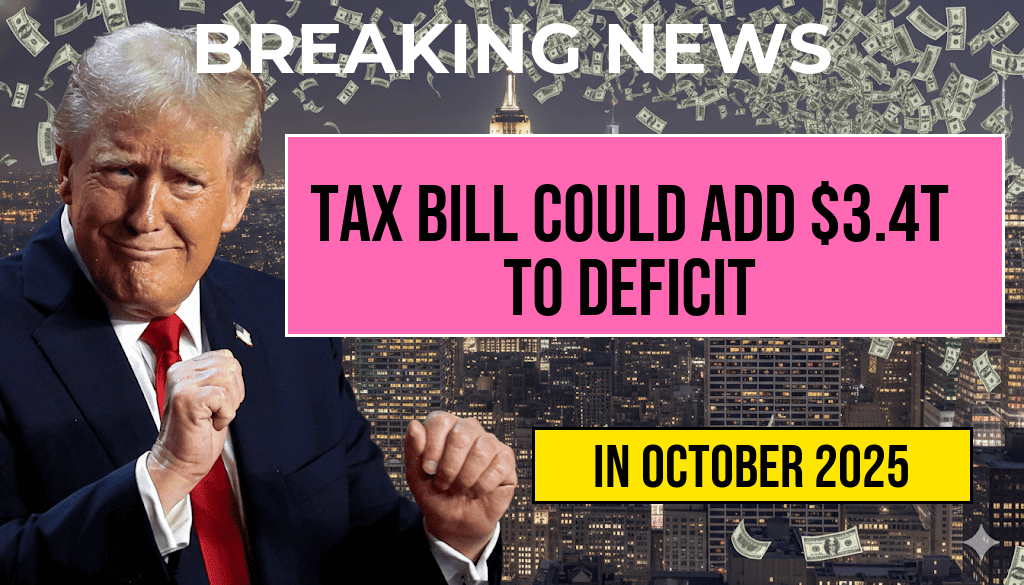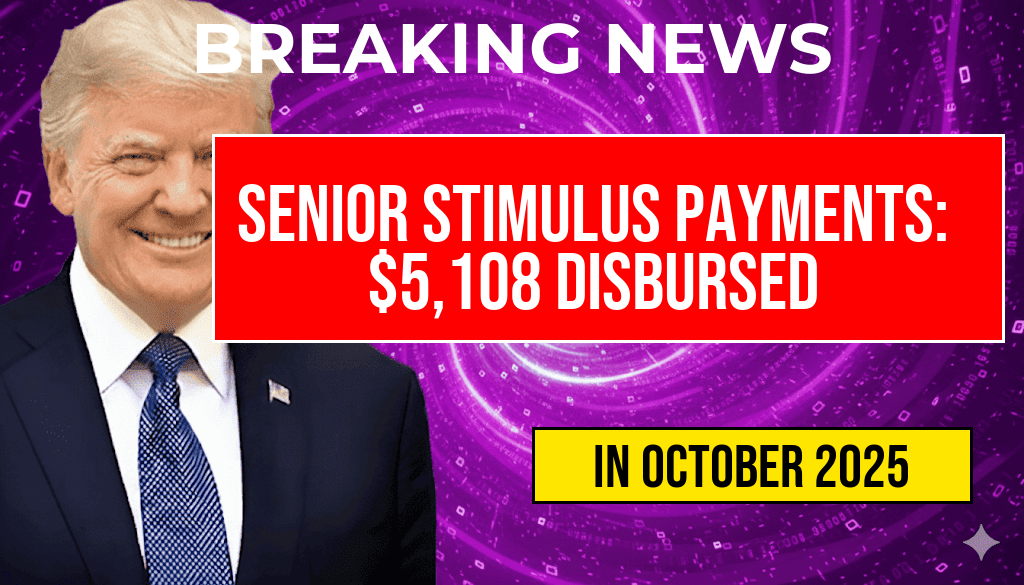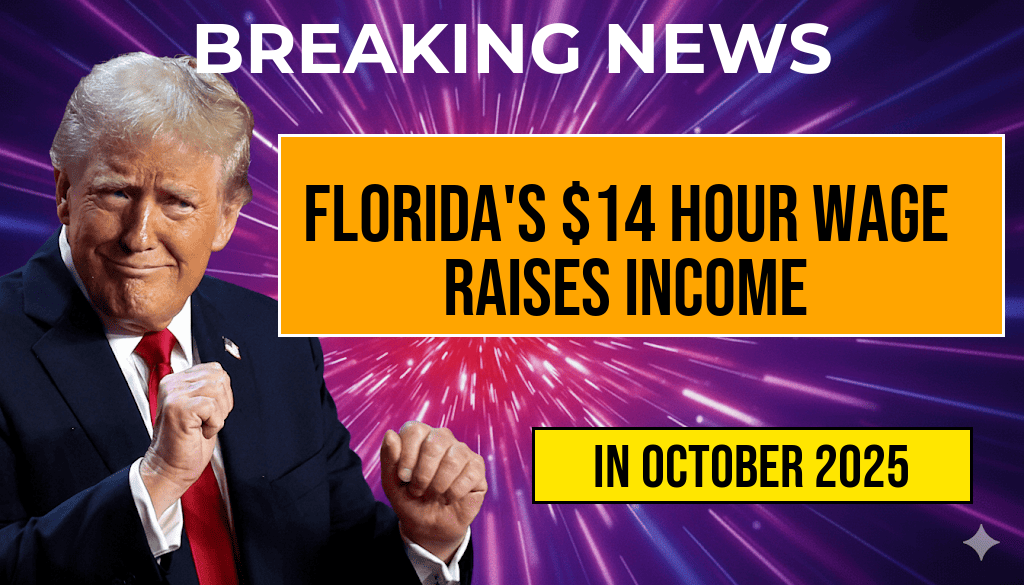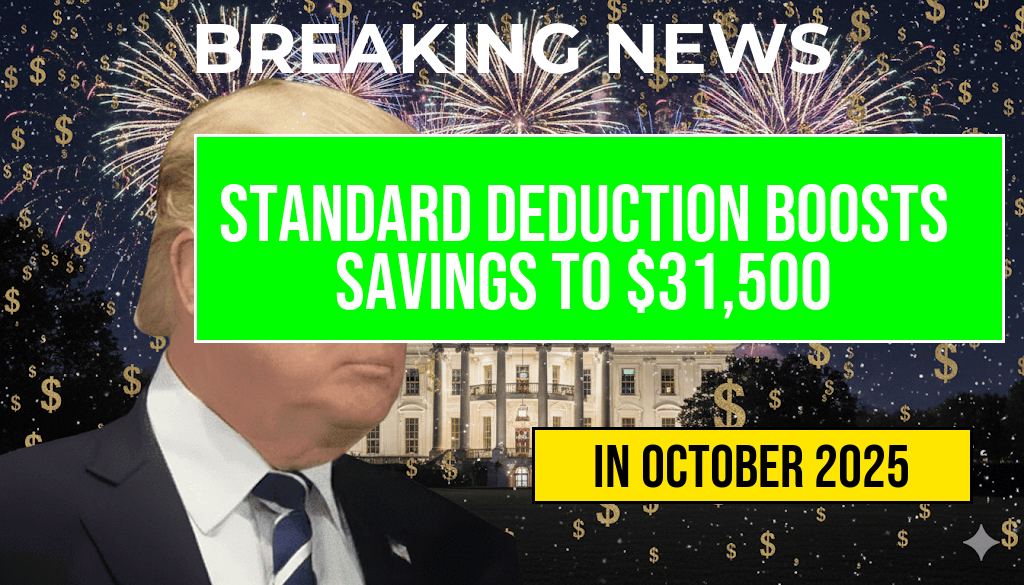Amid ongoing debates over proposed legislative measures, critics are raising alarms about the potential fiscal impact of the so-called “One Big Beautiful Bill.” Experts warn that if enacted in its current form, this legislation could lead to an increase in the federal deficit by approximately $3.4 trillion over the next decade. The bill, which aims to overhaul various sectors of the economy through expansive spending and tax policy changes, has sparked concern among fiscal analysts and policymakers alike. While proponents argue it will stimulate growth and enhance social programs, opponents fear that its cost could exacerbate national debt levels at a time when debt-to-GDP ratios are already high. As discussions continue, the implications of the bill’s provisions remain a focal point for economic stability and future policymaking.
Understanding the Proposed Legislation
Scope and Objectives
The “One Big Beautiful Bill” is designed to address several pressing issues, including infrastructure investment, healthcare reform, and climate change initiatives. The legislation proposes a series of tax credits, subsidies, and direct spending measures intended to bolster economic growth and improve quality of life. According to its proponents, the bill aims to create millions of jobs, reduce income inequality, and position the U.S. as a leader in green technology.
Key Provisions
- Infrastructure Spending: $700 billion allocated over ten years for roads, bridges, and public transit projects.
- Tax Incentives: Expanded credits for renewable energy investments and electric vehicles.
- Healthcare Funding: Increased subsidies and funding for community health programs.
- Research and Development: Significant investments in emerging technologies, including AI and biotech.
Projected Fiscal Impact
Estimating the Cost
Economic analyses conducted by independent policy institutes estimate that the bill’s cumulative cost could reach $4.5 trillion over a decade, with a net deficit increase of roughly $3.4 trillion. These projections account for the expected revenue offsets from new tax provisions, which critics believe are overly optimistic. The Congressional Budget Office (CBO) has yet to release an official score, but preliminary assessments suggest that without additional revenue measures, the legislation could significantly swell the federal deficit.
Sources of Revenue and Their Limitations
| Revenue Source | Estimated Contribution | Challenges |
|---|---|---|
| Increased Corporate Taxes | $500 billion | Potential tax avoidance and international competition |
| Higher Income Taxes on Top Earners | $1 trillion | Implementation difficulties and possible evasion |
| Closing Tax Loopholes | $600 billion | Political opposition and legal challenges |
| Other Revenue Measures | $300 billion | Limited impact due to economic variability |
Fiscal Responsibility Concerns
Impact on National Debt
Current estimates suggest that the bill’s financing could push the national debt beyond 120% of gross domestic product (GDP), a level that many economists associate with increased borrowing costs and financial instability. Critics argue that such a surge in debt could restrict future policy flexibility and burden taxpayers for generations.
Partisan Perspectives
Republicans have largely opposed the bill, citing its projected deficit increase and questioning its long-term economic benefits. Conversely, Democrats emphasize the need for bold investments to address systemic issues but acknowledge the importance of fiscal discipline. Negotiations are ongoing, with some legislators pushing for revenue-raising measures to offset the costs.
Expert Opinions and Analysis
Financial Analysts Warn of Risks
Leading economists warn that large-scale government spending without corresponding revenue streams can lead to inflationary pressures and higher interest rates. As Keynesian economic theory suggests, strategic government intervention can stimulate growth, but excessive deficits may undermine economic stability.
Policy Recommendations
- Implement targeted revenue measures to balance spending
- Establish fiscal guardrails to prevent runaway deficits
- Prioritize investments with proven long-term economic benefits
Public and Political Response
The bill has galvanized both supporters and opponents across the political spectrum. Advocates highlight its potential to modernize infrastructure and combat climate change, while critics warn of unsustainable debt levels. Public opinion remains divided, with polling indicating a cautious approach to further federal borrowing amid inflation concerns.
As negotiations continue, the debate over the bill’s fiscal impact underscores broader questions about the nation’s economic priorities and the sustainability of its fiscal policies. The coming weeks will be critical in determining whether the legislation can be amended to mitigate its projected deficit effects or if it will proceed as initially drafted.
Frequently Asked Questions
What is the main concern raised in the article regarding the ‘One Big Beautiful Bill’?
The primary concern is that the ‘One Big Beautiful Bill’ could significantly increase the US deficit by three point four trillion dollars, potentially impacting the country’s fiscal stability.
How might the bill affect the national fiscal deficit?
The article suggests that the bill could lead to an unexpected increase in the federal deficit by approximately three point four trillion dollars, which may have long-term economic consequences.
What are the potential economic implications of this deficit increase?
An increase in the deficit by trillions of dollars could result in higher interest rates, increased public debt, and potential challenges to economic growth.
Why is it important for taxpayers to be aware of this bill?
Taxpayers should be informed because the bill’s impact on the fiscal deficit could influence tax policies, public services, and the overall economic health of the country.
Are there any proposed measures to address the potential deficit increase?
The article does not specify any measures, but it emphasizes the need for careful scrutiny and fiscal responsibility to prevent the bill from causing unsustainable debt levels.






